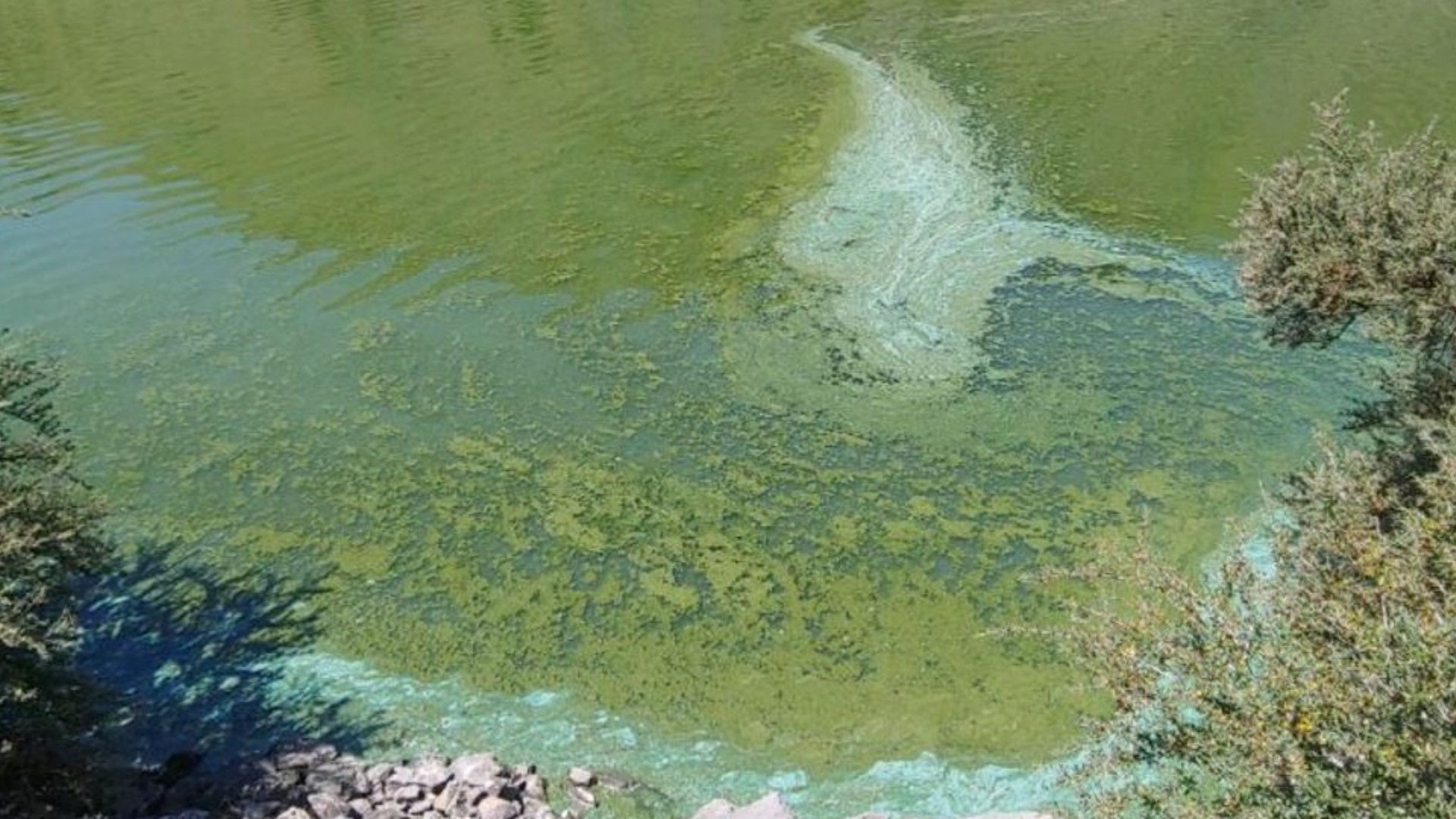BOISE, Idaho — Officials have issued a health advisory for Brownlee Reservoir after high levels of toxin-producing cyanobacteria were recently found in samples taken from the water body.
Southwest District Health (SWDH) urges people to use extra caution when recreating in or near the water.
Cyanobacteria produces a toxin which can be harmful to people pets and livestock. Those with liver or kidney damage are at an increased risk of illness, according to SWDH.
The cyanobacteria was found through testing by Idaho's Department of Environmental Quality from the water body of Brownlee Reservoir.
While cyanobacteria are a natural part of most Idaho bodies of water, their populations rise during higher temperatures and can bloom, releasing toxic chemical compounds - called cyanotoxins - into the water. According to the health department, blooms can vary in appearance, and may look like mats, foam, spilled paint, or surface scum, and have a foul odor.
Anyone recreating near or in Brownlee Reservoir is urged to take the following precautions:
- Take extra precautions to ensure children, pets, and livestock are not exposed to the water and avoid swimming, wading or other activities in the water.
- Boiling or filtering the water does not remove its toxins. Do not drink or cook with water containing a bloom, SWDH says.
- After handling fish caught in water experiencing a bloom, wash your hands thoroughly. If you catch a fish, it should be cleaned and washed thoroughly in clean water as well. If people choose to eat fish from this area, filet the fish and remove all of the fat, skin, and organs before cooking.
- Clean with potable water as soon as possible if water contacts skin or pet fur.
Hives, rashes, diarrhea, vomiting, coughing and wheezing are common symptoms of cyanotoxin exposure. If water is ingested, severe symptoms may impact the liver and nervous system.
Within minutes or days of cyanotoxin exposure, animals can get sick or even die. According to SWDH, dogs are often impacted by the toxin first, because of swimming in or drinking the water. Dogs will also likely lick contaminated water off their fur.
If you, a child or a pet is exposed, wash with soap and water, watch for symptoms and consult your healthcare provider or your pet's veterinarian if symptoms persist.
For more information about harmful algal blooms and recreation water quality advisories, visit DEQ's website.
Watch more Local News:
See the latest news from around the Treasure Valley and the Gem State in our YouTube playlist:

